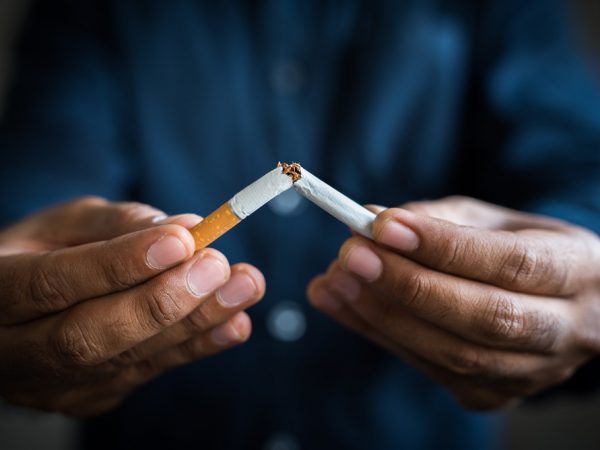Claire Fiddian-Green is the President & CEO of the Richard M. Fairbanks Foundation.
This week, the Centers for Disease Control (CDC) released a report on tobacco use among U.S. middle and high school students for the period 2011-2016. The report showed that use of tobacco over that timeframe did not change significantly, with 7.2% of middle school students and 20.2% of high school students indicating current use of a tobacco product. The most popular tobacco product among high school students is e-cigarettes, followed by cigarettes, cigars, smokeless tobacco, hookah, pipe tobacco and bidis.
Why should Indiana care about these latest findings? As noted in a study released by the Richard M. Fairbanks Foundation last fall, tobacco use is the leading cause of preventable diseases and death in the U.S. and in Indiana. In fact, more than 11,000 Hoosiers die each year from tobacco related diseases – almost 10 times as many the number of lives claimed each year by drug overdoses. The human toll from tobacco use is simply devastating.
When do smokers begin using tobacco products? According to the CDC, nearly 90% of adult smokers began smoking at or before age 18. That’s why making it harder for young people to purchase tobacco products should be a top priority for community leaders in Indiana. Limiting access to tobacco products means young people will be less likely to experiment with tobacco, become life-long addicts, and turn into a tragic statistic.
Two policy changes would help accomplish the goal of lowering rates of tobacco use among youth in Indiana. One is to increase the price of tobacco products by at least $1, making it harder for middle and high school students to afford to purchase these products. A second policy, raising the minimum legal sale age for tobacco products to 21, has been implemented in two states and 245 localities, including cities like Chicago and Columbus, OH. Because few teens have friends who are much older than their own age, raising the legal age to 21 means it will be harder for young people to purchase cigarettes and other tobacco products.
It’s time for Indiana to take a bold stance when it comes to youth and their access to tobacco products. We should start by enacting policies that will enable our communities to make a large impact on tobacco use as quickly as possible.
Tagged in: Claire Fiddian-Green, リチャード・M・フェアバンクス財団, Tobacco Use



